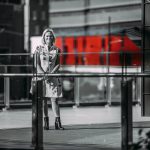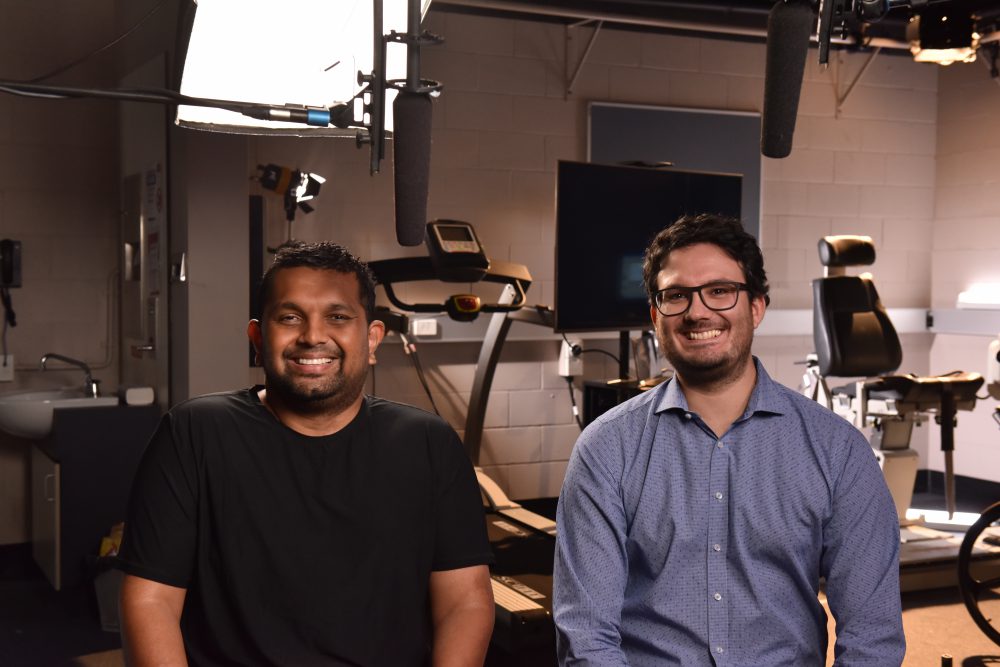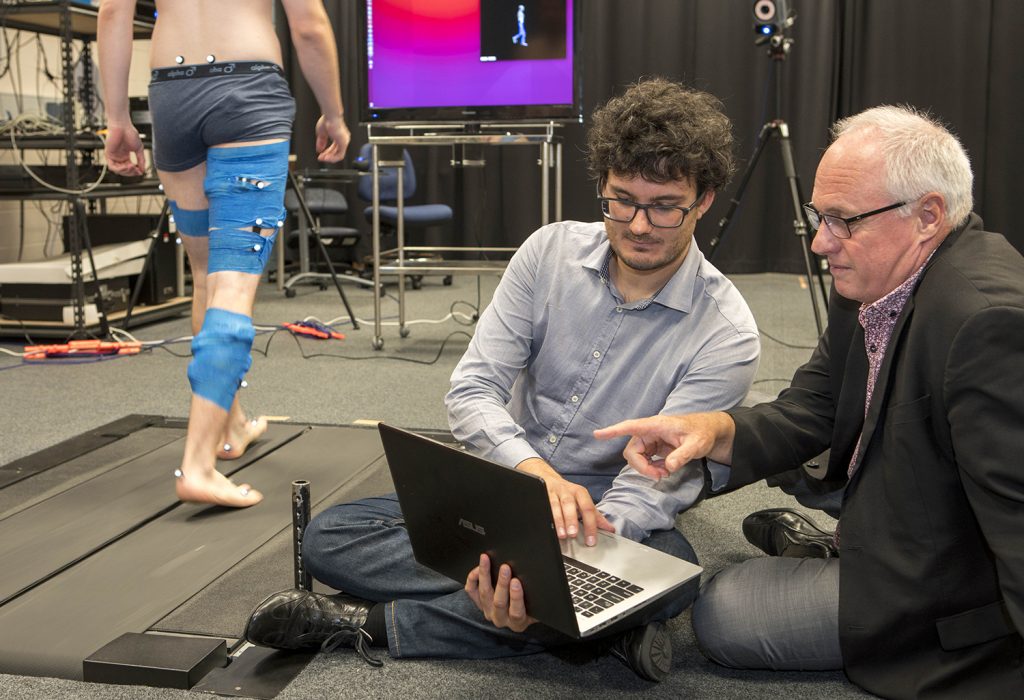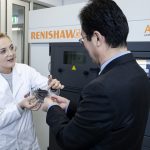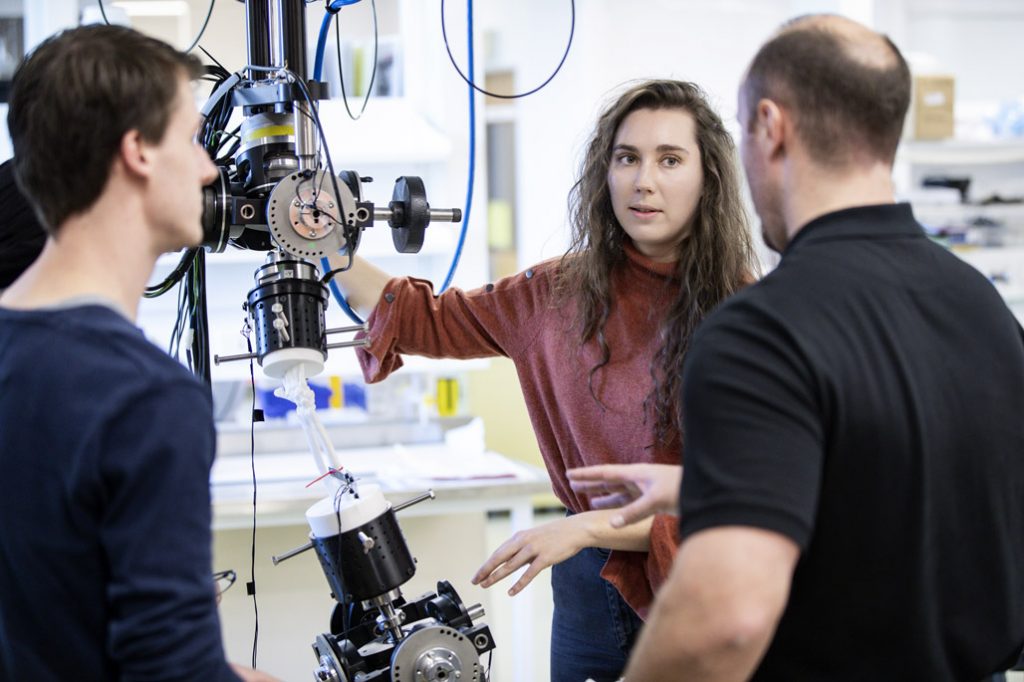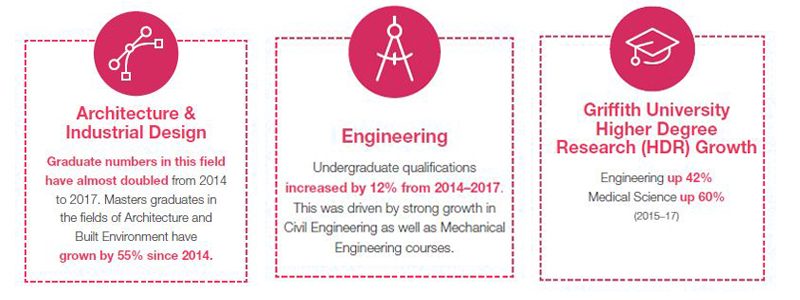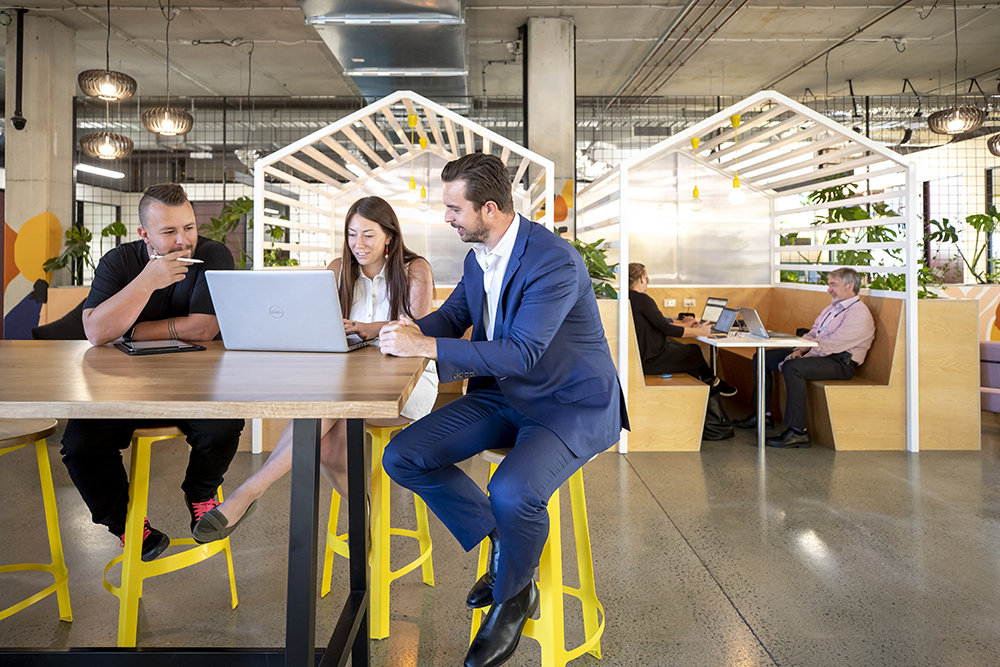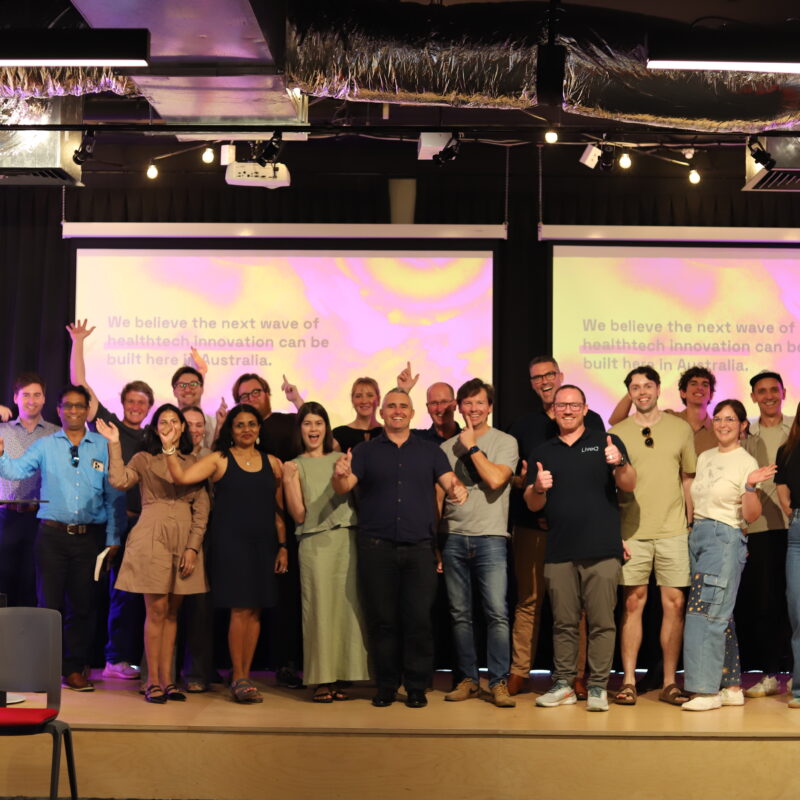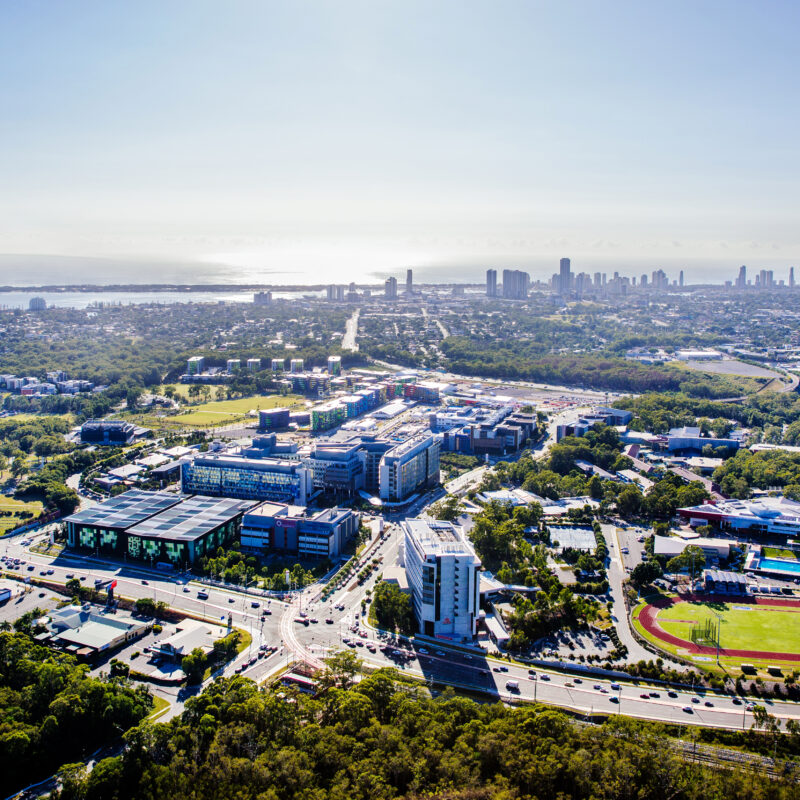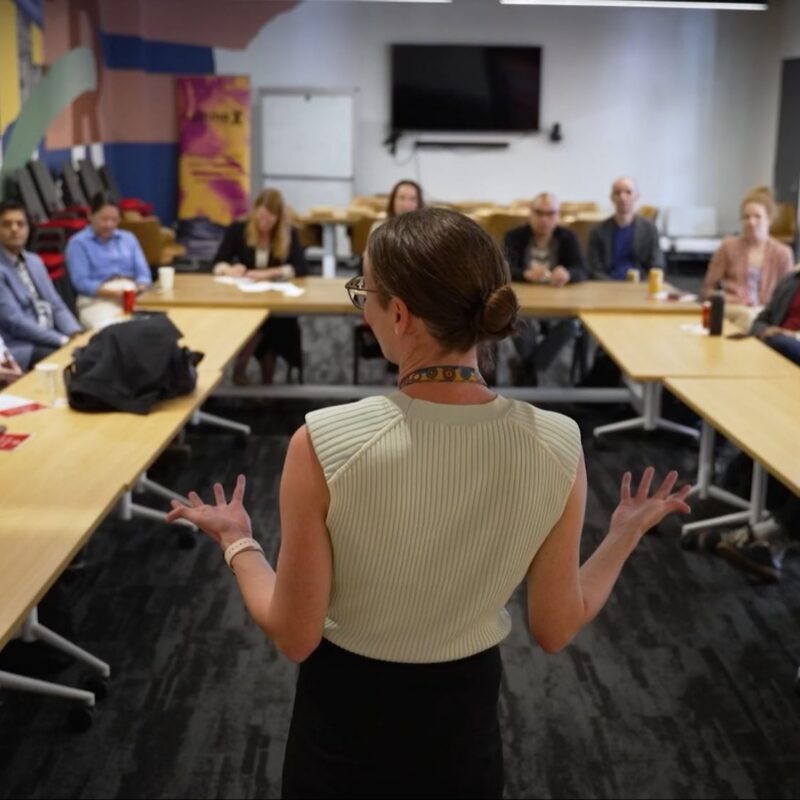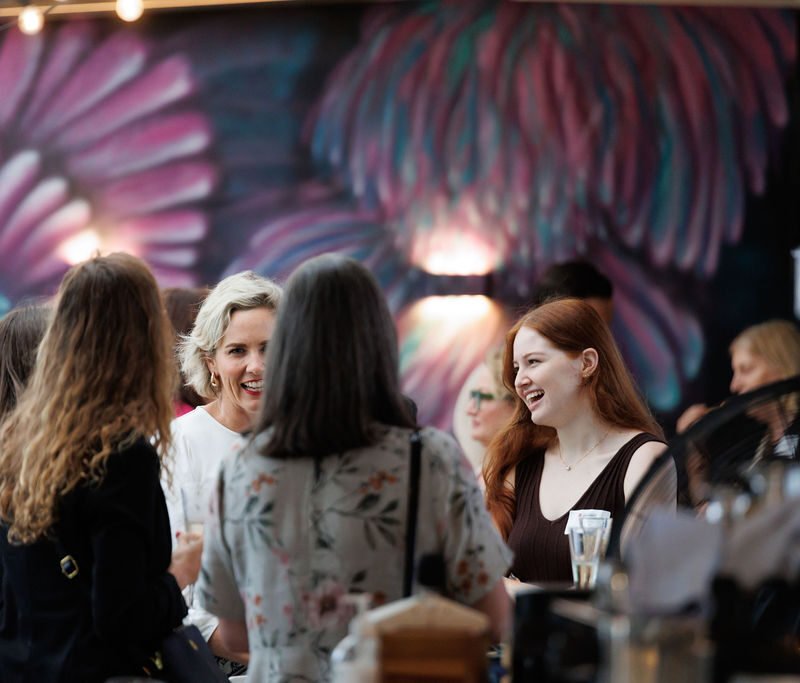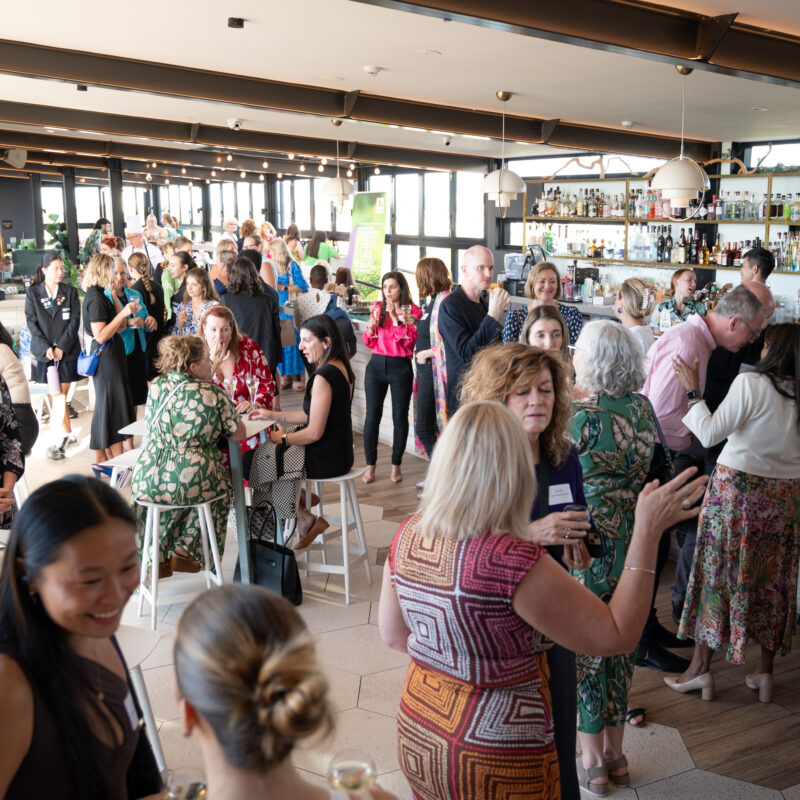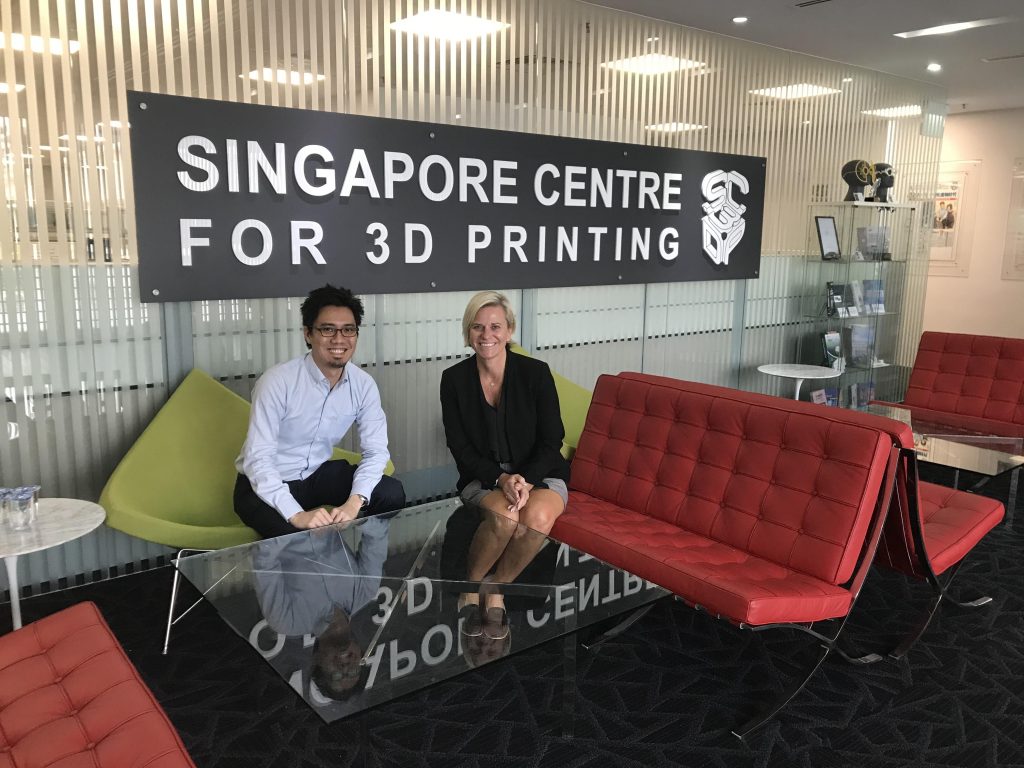
After years championing the vision for a health and knowledge precinct whilst working for City of Gold Coast and then working on bringing the vision to life through establishing a unique partnership, Di Dixon took on the role of inaugural Project Director for the GCHKP in 2015.
Four years later, Di departs the Gold Coast for Adelaide, optimistic about the future potential of the Precinct and its long-term benefits for the Gold Coast, Queensland and Australia.
We asked Di for her insights into the Precinct’s future.
Developing a Precinct like the GCHKP is a long term project – looking back what do you see as the biggest achievements and looking forward what are the biggest opportunities?
The precinct’s journey has already spanned nearly 2 decades demonstrating the commitment from the city with a focus on driving innovation, creating knowledge based jobs while retaining and attracting global talent to create a precinct that will take the Gold Coast to a new level of international recognition, economic sustainability and employment opportunities.
Such long term vision is key and strong leadership is required to maintain momentum.
Our key achievements have been leveraging the 2018 Commonwealth Games through a global investment mission program and leveraging opportunities to raise recognition and credibility of the amazing talent and clinical and research activity already taking place here. Also to have brought several global companies and investors to the table to start negotiations on land development and research collaborations have been key – going forward the opportunity is to continue to leverage our people – without the global talent we have here we would not be able to have investment opportunity doors opened to us and credible partners to make the precinct an attractive place to establish and grow.

How important is a partnership approach with a shared vision when you are managing a major project over the long-term?
A partnership approach is critical and the strong collaboration of the GCHKP has been the envy of many precincts I have visited globally – the establishment of a dedicated GCHKP Project Office over 4 years ago focused the required collaboration to drive the successful realisation of the GCHKP and its vision.
To lead the priorities of different organisations while achieving the broader precinct vision can be a challenge but by having a strong formal commitment to the vision the project is able to stay on track and continue to leverage each areas expertise.

What will be the major challenge to meet over the coming few years?
The challenge will be to maintain our global credibility to drive investment interest – this is increasing but there are so many competing locations around the world the only way to succeed is to stay true to the targeted end users we know will benefit from being co-located here on the Gold Coast – this must be based on our specific international clinical and research strengths and the facilitation of cross disciplinary opportunities which is where the creative innovation and solution driven outcomes will emerge to set us apart from competing locations.



